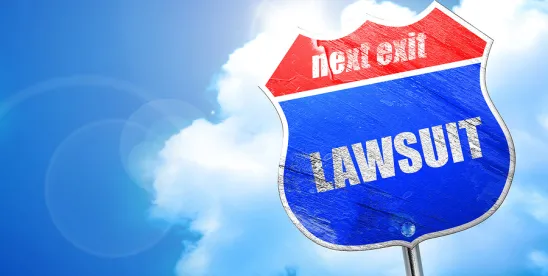Early this year we saw a court allow a fraud claim to proceed against a Plaintiff who had knowingly received messages intended for someone else rather than opting out of those messages in order, ostensibly and allegedly, in order to manufacture TCPA lawsuits. On the other hand, there have been a series of cases allowing so-called professional TCPA plaintiffs proceed with lawsuits over objections to their standing to pursue suit.
But the one thing everyone should be able to agree on is that where a Plaintiff intentionally manipulates a text platform to conjure up messages to himself for the sole purpose of pursuing a trumped up TCPA lawsuit against the platform manufacturer—that’s just not ok. D’Ottavio v. Slack Techs., 1:18-cv-09082-NLH-AMD, 2019 U.S. Dist. LEXIS 64069 (D. N.J. April 15, 2019) presents just such a case, at least allegedly.
In D’Ottavio the Plaintiff—purportedly a TCPA frequent flyer who is very knowledgeable about TCPA suits and pursues them frequently—sued the Defendant for receiving 1,590 or so “unwanted” text messages. The Defendant—who manufactured a text message platform that blasted off the texts—smelled a set up. Early on in the case, they earned an order from a magistrate judge requiring the Plaintiff to submit his devices for forensic electronic review. That review, allegedly, concluded that Plaintiff had, in fact, signed himself up for the very text messages he sued Defendant over. Uh oh.
In the meantime the Defendant filed a counterclaim against the Plaintiff for 1,590 counts of micro-fraud and, when the Plaintiff filed an answer denying the allegations, filed a Rule 11 motion seeking sanctions for the meritless denials.
All of this was enough for Plaintiff’s counsel—the folks over at Marcus & Zelman, LLC who, coincidentally, will be appearing on the Squire Patton Boggs Unprecedented podcast tomorrow— to seek to withdraw from the case and offer a dismissal of the action, with prejudice.
That brings us to the decision in D’Ottavio. There the court granted the request for dismissal of the complaint with prejudice, but notes that the fraud claim is oh-so-definitely going to proceed—indeed the court chooses to exercise supplemental jurisdiction over the common law fraud claim rather than dismiss for want of jurisdiction after the federal question TCPA component evaporated. The Court also denied Plaintiff’s counsel’s request to withdraw because it was not clear to the Court that the Plaintiff truly understood the procedural posture here—just because the Complaint was dismissed would not save the Plaintiff from the pending counterclaim or potential for Rule 11 sanctions. The Court ordered Plaintiff to submit a letter to the court authorizing his counsel to withdraw after reciting an understanding of the circumstances.
As to the Rule 11 motion itself, the court denied the motion without prejudice. The Court found that the posture of the case made it impossible to determine whether the motion had merit because no conclusion had yet been made on the merits of the counterclaim. If and when a dispositive determination is made, the Defendant was granted leave to re-file the motion.
We have two big take aways from D’Ottavio. One, is that you should always be on guard for a set up. Although the allegations of the counterclaim have yet to be proven—and maybe Plaintiff didn’t really send himself all those messages as Defendant claims—there was is obviously a lot of smoke here and the prompt request for a forensic examination of the Plaintiffs’ devices was at least sufficient to chase Plaintiff off from pursuing his affirmative claims. Great work Slack!
There’s a second lesson here as well—and it isn’t so rosy. Federal litigants don’t really seem to understand how to use Rule 11 motions. I wouldn’t harp on this issue except this is now the fourth TCPA case I have seen in the last year with Rule 11 motions being denied because they were not appropriately tethered to a dispositive motion that would allow the Court to make the critical findings needed to support the motion. A Rule 11 motion is not a standalone dispositive motion folks. It must be tied to some other procedural device that results in a clear victory on the predicate factual determination. Consider Rule 11 the icing that you should never try to eat without the cake. The proper time for the motion would be, for example, at the time a 12(b)(6) is filed challenging clearly time-barred claims, or at the time of a summary judgment motion—or even at trial—when it becomes clear there was never a genuine issue of fact. Lobbing a Rule 11 motion at the court early in the proceeding with factual issues yet to be determined might be useful from a tactical perspective, but it is highly unlikely to result in victory and—to be sure—you run the risk that the court will not only deny the motion but sanction you for bringing it prematurely.
Keep up the good work TCPAWorld.




 />i
/>i
